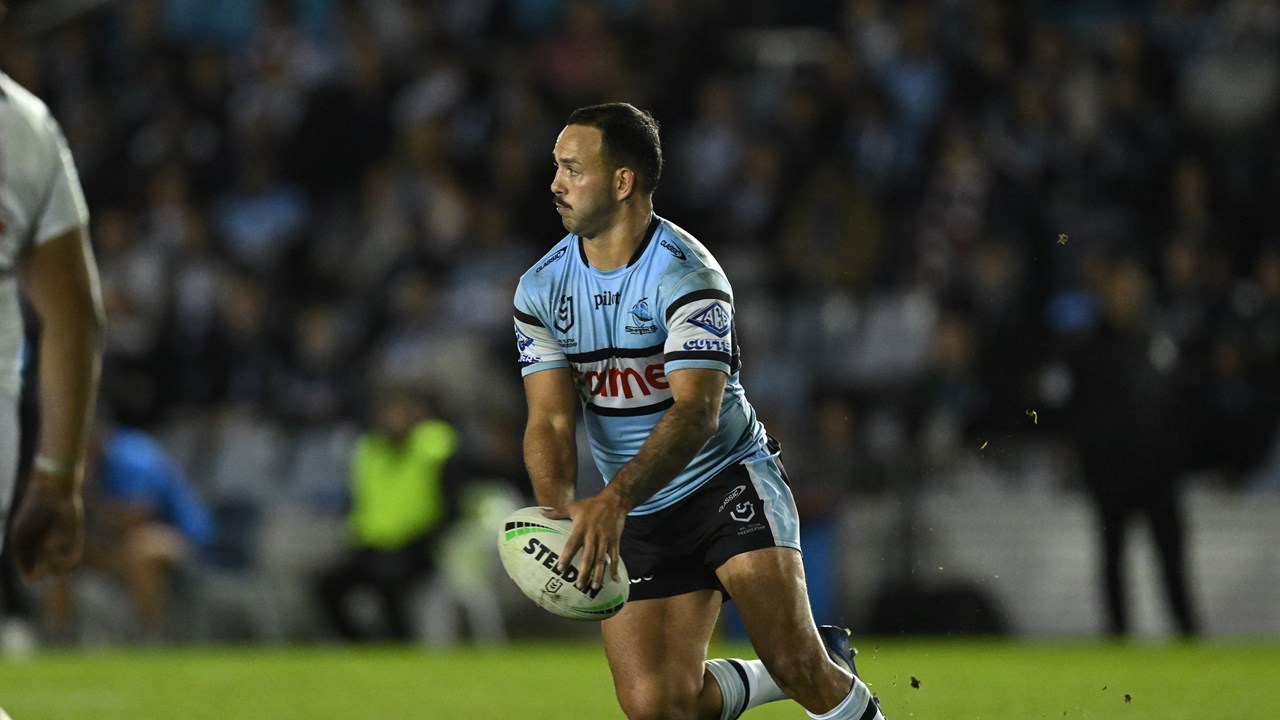Joseph Trindall, known for his hard-hitting style and relentless drive on the field, has always walked the fine line between physical dominance and overstepping the bounds of fair play. The dangerous contact charge stems from an incident in the latest round of NRL matches, during which Trindall was involved in a tackle or contact situation deemed excessively forceful or reckless by the match review committee. The NRL has clear protocols on what constitutes dangerous contact, aiming to penalize actions that pose significant injury risk to players. The standards include high tackles, shoulder charges, and other forms of contact that deviate from safe and legal tackling techniques.
The incident involving Trindall reportedly involved a high-impact collision that left the opposing player injured or at risk of injury. Video footage, slow-motion replays, and match officials’ reports played a key role in determining the charge. The match review committee, composed of experienced officials, analyzes each report meticulously to decide whether the on-field action warrants a judiciary hearing. Trindall’s case was escalated due to the severity of the contact and the potential danger it posed, which exceeds the acceptable level of physicality in professional rugby league.
NRL’s judiciary process is a crucial element in maintaining discipline and fairness in the sport. Once a player is charged, they must appear before an independent judiciary panel. This panel reviews evidence from multiple sources, including video footage, referee reports, and statements from both players and teams involved. The charged player can plead guilty, which usually results in a predetermined suspension or fine depending on the grading of the offense, or they can contest the charge, leading to a formal hearing where further deliberation occurs.
The dangerous contact charge against Trindall is particularly significant given his standing within the league. As a key player for his club, his presence on the field influences team strategies and morale. Losing him to suspension could affect the team’s performance and position on the ladder, especially if the suspension is lengthy. Moreover, repeated infractions or serious charges can tarnish a player’s reputation, making it harder to earn trust from referees and fans alike.
The NRL’s commitment to player safety has intensified over recent years, largely driven by growing awareness of concussion risks and long-term health consequences of repeated head injuries. This has led to stricter enforcement of rules against dangerous tackles and contact. High tackles, in particular, are scrutinized heavily due to the potential for serious injury. The league’s stance is clear: protecting players from unnecessary harm is a priority, even if it means penalizing traditional aspects of the sport’s physicality.
Trindall’s charge also raises the issue of the evolving nature of rugby league. Fans and former players often debate how the game balances toughness and safety. Some argue that the sport has lost some of its raw aggression in favor of safer play, while others contend that these changes are necessary to preserve players’ health and ensure the sport’s longevity. Trindall’s situation is a snapshot of this ongoing tension, highlighting how players must adapt to changing rules and interpretations by referees and judiciary.
Another dimension to consider is the impact of the judiciary system on player behavior and team culture. Clubs invest heavily in educating players about safe tackling techniques and the consequences of dangerous play. Coaches emphasize discipline and control, encouraging players to maintain aggression without crossing legal boundaries. A charge like Trindall’s serves as a reminder not only to the player but to the entire league about the boundaries of acceptable conduct. It also reflects on the team’s culture and how well they manage their players’ on-field behavior.
In terms of possible outcomes, if Trindall pleads guilty, he may receive a suspension ranging from one to several matches, depending on factors such as his prior record, the severity of the offense, and whether there was any mitigating circumstance. A contested charge means the judiciary panel will weigh all evidence before making a ruling. The panel’s decision is binding, although there is often an avenue for appeal if either party feels the ruling was unjust.
The NRL judiciary system’s transparency and consistency are critical for the sport’s credibility. Fans expect fair treatment of players, and clubs rely on clear guidelines to prepare their athletes. Controversial decisions can ignite debate across media platforms and fan communities, sometimes dividing opinion on whether a charge was justified or overly harsh. The league must navigate these challenges carefully, balancing discipline with fairness.
Beyond the immediate implications, the judiciary report involving Trindall has a broader message about the future direction of rugby league. As the sport continues to grow in professionalism and popularity, the emphasis on safety and sportsmanship will likely become even more pronounced. Players, coaches, and officials must all align with these priorities to foster an environment where competitive play thrives without compromising health.
The media coverage surrounding Trindall’s charge will undoubtedly be intense. Analysts will dissect the incident, scrutinizing footage frame by frame to form opinions. Former players and commentators might weigh in on whether the ruling aligns with the spirit of the game or reflects a shift toward more cautious officiating. This discourse influences public perception and can pressure the league to refine its judiciary processes further.
From Trindall’s perspective, this charge could be a pivotal moment in his career. How he handles the situation—whether through accepting responsibility, demonstrating remorse, or contesting the charge—will shape how fans, teammates, and league officials view him going forward. Many players have rebounded from similar setbacks, using the experience as motivation to improve discipline and evolve their playing style.
For his club, the priority will be to support Trindall through the process while preparing contingencies in case of suspension. Teams must adjust game plans to cover for the absence of key players and maintain competitive edge. This situation also serves as an opportunity for emerging players to step up and showcase their skills.
In conclusion, the dangerous contact charge against Joseph Trindall underscores the delicate balance the NRL seeks to maintain between physicality and player safety. The judiciary process, while sometimes controversial, plays a vital role in upholding the sport’s standards. Trindall’s case will be closely watched by fans, media, and stakeholders as an example of how the league enforces discipline in a game that thrives on toughness yet demands respect and responsibility from its players. Ultimately, how this charge is resolved will resonate beyond one player’s fate, reflecting the evolving identity and future of rugby league itself.



